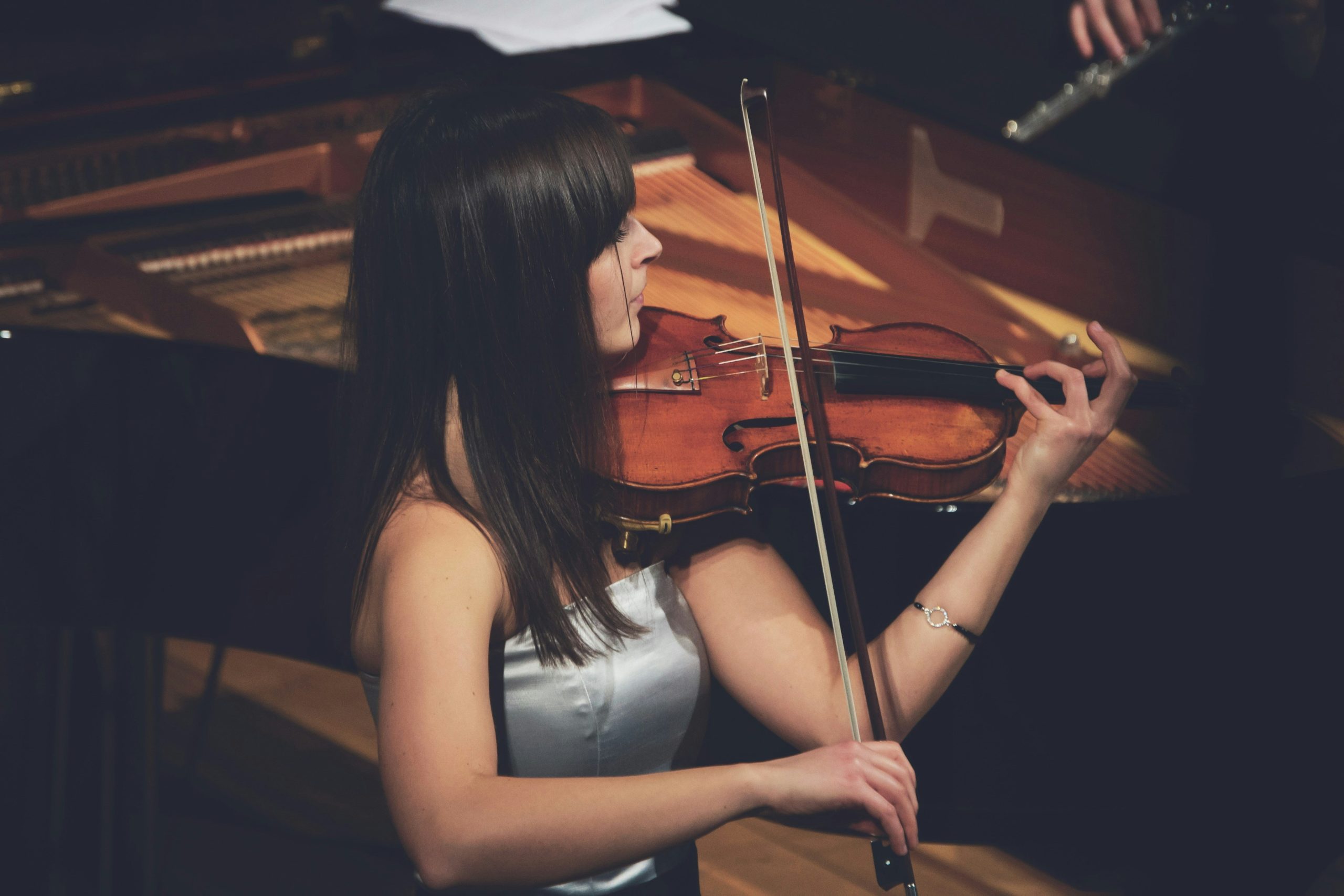Classical music, often seen as a genre of the past, is still a thriving and evolving art form in the modern era. While it has deep historical roots, its influence continues to shape music today, as composers, performers, and audiences find new ways to keep the classical tradition alive and relevant. Let’s explore how classical music is being reimagined in the contemporary world.
1. Modern Composers and New Classical Music
While classical music has traditionally been associated with composers like Mozart, Beethoven, and Bach, modern composers continue to innovate within the genre. Artists like John Adams, Philip Glass, and Max Richter blend traditional orchestral instruments with minimalism, electronic elements, and modern aesthetics, creating pieces that resonate with today’s listeners. Max Richter’s album Sleep is an example of a modern classical work that incorporates ambient music to create a unique, meditative experience.
2. Fusing Classical with Other Genres
One of the exciting developments in modern classical music is its fusion with other genres. Artists like Lindsey Stirling (violinist blending classical with electronic and pop) and 2Cellos (who perform rock and pop music on cello) bring classical instruments into the modern soundscape. Even composers like Yo-Yo Ma have embraced world music influences, blending classical cello with cultural sounds from across the globe.
3. Classical Music in Film and Media
Classical music continues to play a significant role in film scores, contributing to the emotional depth and storytelling of modern cinema. Composers like Hans Zimmer, John Williams, and Howard Shore infuse contemporary films with orchestral compositions, reminding audiences of classical music’s timeless appeal. Zimmer’s work on Interstellar and Williams’ scores for Star Wars showcase the enduring power of classical techniques in the modern film industry.
4. Technology and Classical Music
Advancements in technology have also had a profound impact on how classical music is produced and experienced today. Digital recording techniques allow for the creation of high-quality performances, even for composers who live far from traditional centers of classical music. Moreover, platforms like YouTube, Spotify, and Apple Music allow classical music to reach global audiences, breaking down barriers and making it accessible to a new generation of listeners.
Virtual and augmented reality are also being explored for immersive classical experiences. Virtual orchestras and 360-degree video performances offer audiences new ways to engage with live classical performances from the comfort of their homes.
5. Classical Music Education Today
Classical music education continues to thrive in the modern era, with many young musicians still pursuing rigorous training in conservatories and universities worldwide. However, there has been a shift in how it is taught, with many institutions incorporating modern techniques and technologies into their curricula. Online platforms like MasterClass and YouTube tutorials have also made learning classical music more accessible for people of all ages.
6. Reviving Classical Music in Concerts and Festivals
Live performances remain one of the most important ways people experience classical music today. Major concert halls, such as the Berlin Philharmonic and Carnegie Hall, continue to be venues where classical music thrives. Furthermore, classical music festivals such as the BBC Proms and Salzburg Festival bring new interpretations of classical works, attracting diverse, modern audiences while maintaining traditional formats.
Additionally, modern symphony orchestras, such as the London Symphony Orchestra and Los Angeles Philharmonic, continue to perform a mix of classic repertoire and contemporary works, ensuring that classical music remains dynamic and alive.
7. Classical Music’s Influence on Popular Music
Classical music’s influence on modern pop, rock, and electronic music is also undeniable. Many popular artists have been inspired by classical composition and orchestration. Bands like Queen and The Beatles often incorporated classical elements into their music, while contemporary artists like Lana Del Rey and Adele incorporate lush, orchestral strings into their ballads.
Conclusion
Classical music in the modern era is not confined to the past but is a living, breathing art form. From new compositions and cross-genre collaborations to its continued prominence in film, technology, and education, classical music remains an essential part of the cultural landscape. As it evolves, classical music continues to captivate listeners of all ages, proving that its timeless beauty and emotional power are as relevant today as they have ever been.
Whether you’re discovering classical music for the first time or revisiting old favorites, the modern classical scene is full of exciting innovations, ensuring that this incredible genre will continue to inspire generations to come.
Photo by Michel Catalisano on Unsplash


One response to “Classical Music in the Modern Era: Timeless Art Meets Contemporary Innovation”
Hi, this is a comment.
To get started with moderating, editing, and deleting comments, please visit the Comments screen in the dashboard.
Commenter avatars come from Gravatar.